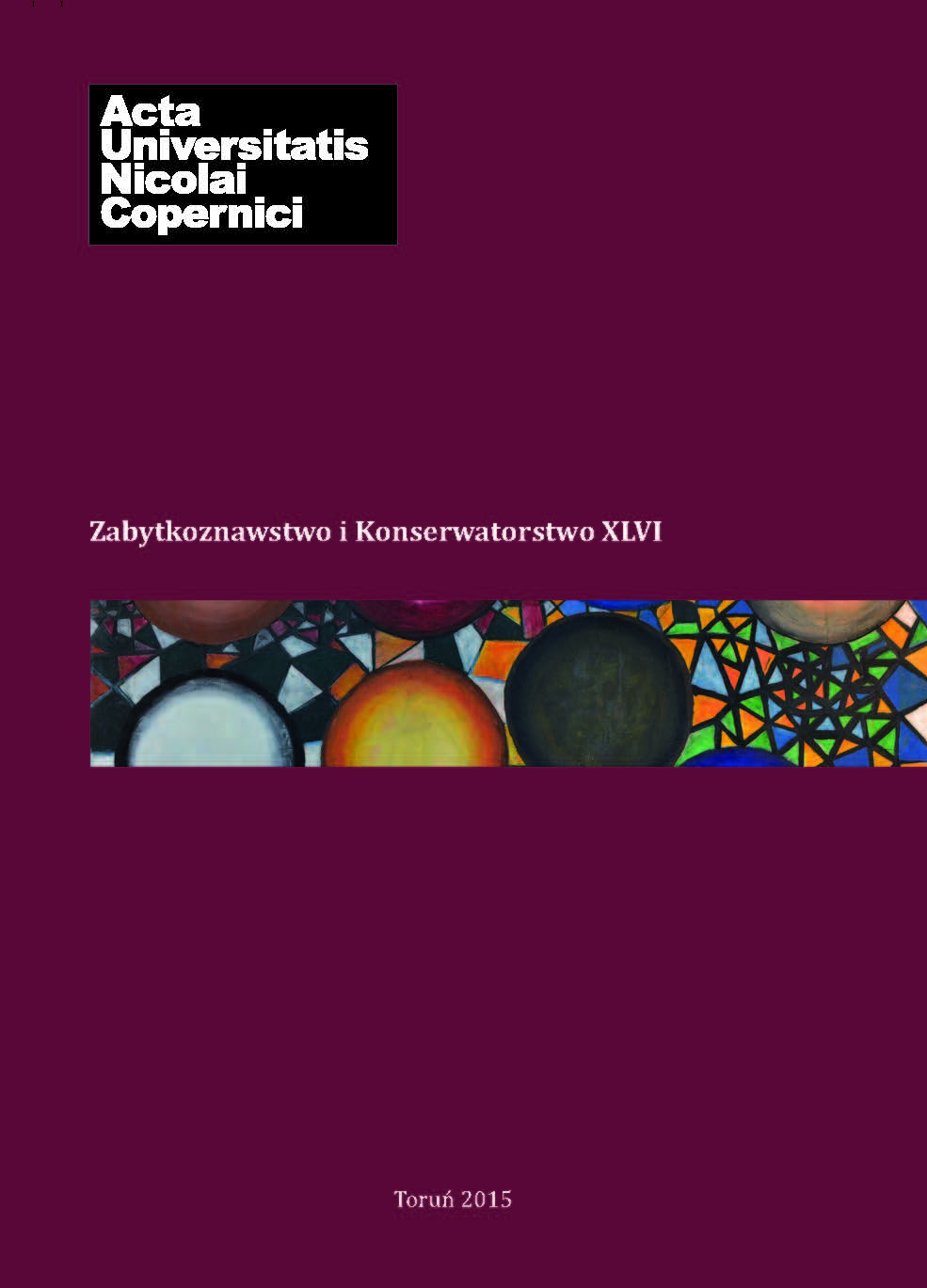Kościół św. Mikołaja w Wolinie. Losy budowli w latach 1945–1988
DOI:
https://doi.org/10.12775/AUNC_ZiK.2015.010Abstrakt
WWII brought great devastations to Poland. The so-called Recovered Lands were particularly destroyed. Monuments taken over after the war on Western and Northern Lands were destroyed the most in the Szczecińskie province. A detailed estimation of losses was impossible due to the situation after the liberation. Among ruined buildings there were about 200 sacral buildings. One of the examples is St. Nicholas Church in Wolin. The post-war history of the church shows a complicated situation of sacral buildings in a new post-war reality. Initially, the church administration took over churches that were not destroyed or were devastated to a small extent. In the following years state religious authorities stopped transferring unused ruined churches. By the mid-50s no securing works were performed, authorities did not foresee a reconstruction of the St. Nicholas Church. For several dozens of years restoring authorities did not have a concept – what to do with St. Nicholas Church. The absence of any decision resulted in a bigger and bigger devastation of the building. Under the pretence of a liquidation of war destructions, legally, a slow but regular demolition of the building started. In the end of the 1960s works were started in order to secure the building as a permanent ruin. The church administration many times tried to take over the building. However the situation did not change even after a treaty between Poland and the Federal Republic of Germany was signed. State faith authorities tried to maintain their possessions at all costs – even if sacral buildings were the case. Big ‘social movements’ in the early 1980s changed this situation. A slow and difficult process of taking over the building was started. The church was regained in the late 1980s. The church and society could start the reconstruction of the church.
Pobrania
Opublikowane
Jak cytować
Numer
Dział
Licencja
CC BY ND 4.0. Posiadaczem prawa autorskiego (Licencjodawcą) jest Autor, który na mocy umowy licencyjnej udziela nieodpłatnie prawa do eksploatacji dzieła na polach wskazanych w umowie.
- Licencjodawca udziela Licencjobiorcy licencji niewyłącznej na korzystanie z Utworu/przedmiotu prawa pokrewnego w następujących polach eksploatacji: a) utrwalanie Utworu/przedmiotu prawa pokrewnego; b) reprodukowanie (zwielokrotnienie) Utworu/przedmiotu prawa pokrewnego drukiem i techniką cyfrową (e-book, audiobook); c) wprowadzania do obrotu egzemplarzy zwielokrotnionego Utworu/przedmiotu prawa pokrewnego; d) wprowadzenie Utworu/przedmiotu prawa pokrewnego do pamięci komputera; e) rozpowszechnianie utworu w wersji elektronicznej w formule open access na licencji Creative Commons (CC BY-ND 3.0) poprzez platformę cyfrową Wydawnictwa Naukowego UMK oraz repozytorium UMK.
- Korzystanie przez Licencjobiorcę z utrwalonego Utworu ww. polach nie jest ograniczone czasowo ilościowo i terytorialnie.
- Licencjodawca udziela Licencjobiorcy licencji do Utworu/przedmiotu prawa pokrewnego nieodpłatnie na czas nieokreślony
PEŁEN TEKST UMOWY LICENCYJNEJ >>
Statystyki
Liczba wyświetleń i pobrań: 1072
Liczba cytowań: 0



